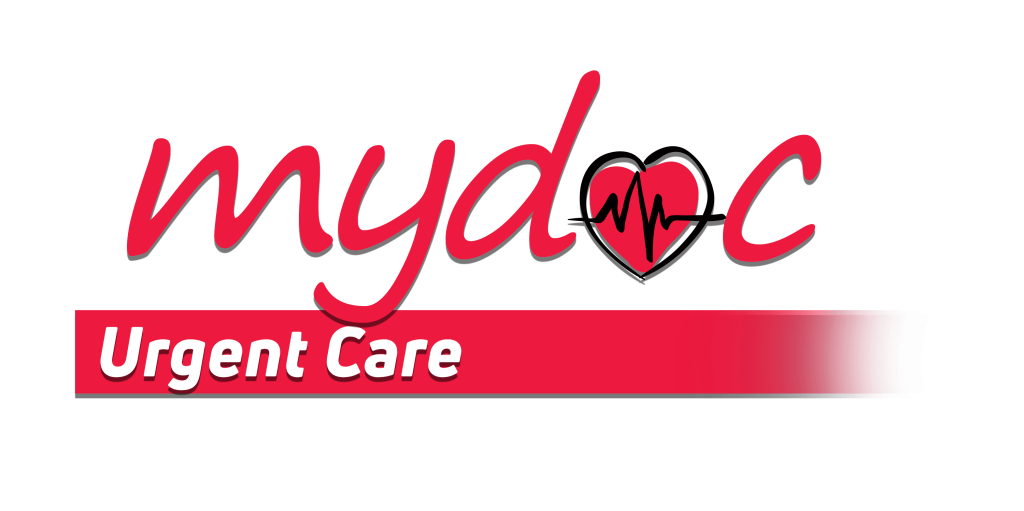COVID-19 Virus

The winter of 2020 brought alarming news about the emergence in China and the beginning of the active spread around the world of the new coronavirus SARS-CoV-2, which causes the disease under the international name COVID-19. Coronavirus disease 2019 (COVID-19) is an illness caused by a new coronavirus strain referred to as the acute respiratory syndrome coronavirus 2 (SARS-Cov-2), initially called 2019-nCoV (WHO, 2020). The disease was first identified in Wuhan, Hubei Province in China following a respiratory illnesses outbreak in the city. COVID-19 was reported to the World Health Organization (WHO) on 31st December 2019 and declared a global pandemic on 30th January 2020 (WHO, 2020). Since the beginning of COVID-19 pandemic, the disease have spread around the world, infecting millions of people and showcasing that symptoms and severity of this illness may vary regionally, but have particular indications that are common globally.
COVID-19 presents itself in various ways depending on the individual and geographical location. However, the most common symptoms of COVID-19 that are known globally are fever, dry cough, and fatigue (WHO, 2020). However, other symptoms are less prevalent but might show in some patients. These include loss of taste or smell, nasal congestions, sore throats, conjunctivitis or red eyes, headaches, muscle and joint pains, skin rashes, nausea, dizziness, and diarrhea (WHO, 2020). In the cases of severe COVID-19 disease, the symptoms may also incorporate shortness of breathing, lack of appetite, persistent pain and pressure in the chest, and high temperatures above 38°C (WHO, 2020). Other uncommon symptoms include irritability, confusion, anxiety, sleep disorders, reduced consciousness, and depression (WHO, 2020). In some extreme cases, COVID-19 victims might develop severe but rare neurological complications such as strokes, delirium, brain inflammation, and nerve damages (WHO, 2020). WHO cautioned that any individual, who experiences fever and cough, as well as breathing difficulties or chest pains, should seek immediate medical care as these are the most common symptoms of COVID-19.
Prevention of COVID-19 depends on a good understanding of its etiology, epidemiology, and origins. The disease is largely transmitted through direct contact with the respiratory droplets of an infected individual, which usually comes from coughs or sneezes (Bender, 2020). People can also be infected through being in contact with an infected individual or touching the contaminated surfaces. It is a known fact that the COVID-19 virus can survive on the surfaces for many hours but simple disinfectants can kill it (WHO, 2020). Therefore, frequent disinfection of surfaces and objects that are regularly touched is recommended as one of the ways of curbing the spread of the disease. Other common preventive measures in the fight against COVID-19 include staying home when feeling sick with flu-like symptoms (Bender, 2020). Frequent washing of the hands with soap and water has also been hailed as an effective preventive measure against the virus (WHO, 2020). WHO also recommended that one should cover the mouth or nose with a flexed elbow or a tissue to prevent the droplets from reaching the person in proximity. Avoiding a gathering and maintaining a safe distance from one another also serves as a preventive action against the spread of the disease (WHO, 2020). In cases where public interactions are inevitable, such as in public places, one should put on a mask and maintain a 1.5-meter social distance from other people (WHO, 2020). In response to the pandemic, different countries in collaboration with the public health officers have initiated varied preventive actions since the onset of the COVID-19, including the partial and full lockdowns to limit the interactions of people and spread of the disease.
The outbreak of COVID-19 has been declared an international health emergency since the virus has spread in virtually every country around the globe. While more laboratory tests are still conducted on the virus, it is apparent that the disease is transmitted through direct contact with the respiratory droplets of an infected individual generated from sneezing or coughing. The common symptoms include fever, dry coughs, and fatigue. As COVID-19 continues to spread, people are advised to take daily preventive actions such as washing hands, wearing masks, and avoiding crowds to prevent further transmissions of COVID-19, the pandemic that continues to impact lives across the world.
SCHEDULE A CONSULTATION
